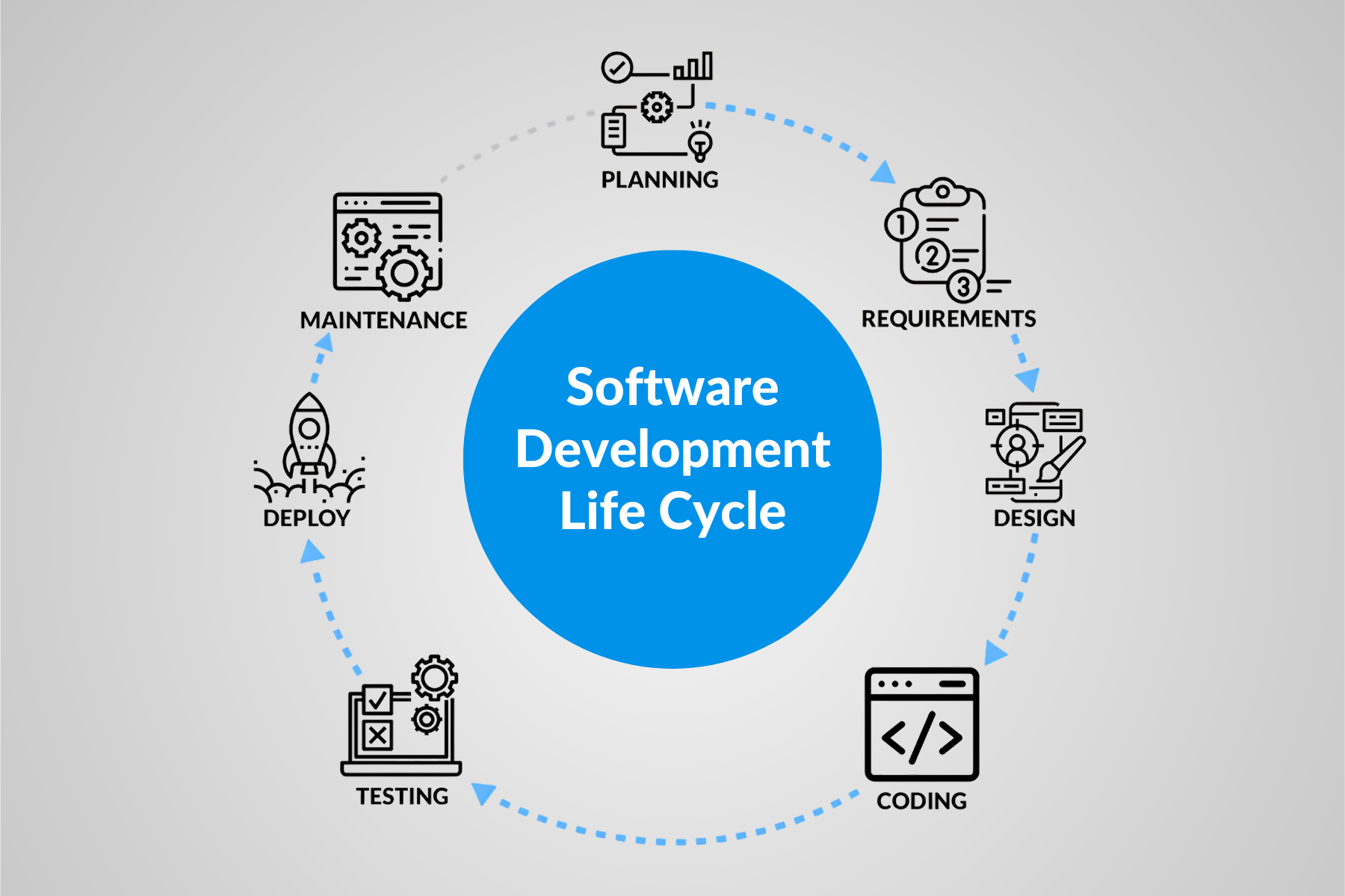Scaling for Millions: How Performance Testing Services Enable Enterprise-Level Growth

- July 1, 2025
- Zunnoor Zafar
Enterprises continuously have to grow. This is because you see, these days, success isn’t measured by just innovation. It’s determined by an enterprise’s ability to scale when needed.
Whether it’s a global e-commerce platform that’s bracing for Black Friday surges. Or a SaaS provider onboarding new users, the challenge is the same. They have to deliver consistent, high-quality user experiences at scale.
Here, performance testing services can help. They’re basically a component of broader software testing services and quality assurance strategies.
The Importance of Reliable Performance During Business Growth
The thing is, users expect applications to be fast. They want it to be reliable and always available. Think about it, would you want any of the important applications on your phone getting slow?
Hence, a single slow-loading page, unexpected outage, or glitch during peak demand can annoy customers. Their trust will be shattered, and there’s a good chance that they’ll walk over to the competitors.
Besides customers not being satisfied, other major issues can also arise. For example, in 2020, Heathrow airports saw 100s of its flights disrupted. This happened due to software issues, which impacted check-in systems and departure boards. Similarly, HSBC Bank, in 2016, saw a major outage. This resulted in millions of customers losing their access to online accounts.
Coming back to customers, according to industry research, 79% of users who don’t like a site’s performance are likely to abandon it forever. With the stakes so high, enterprises need performance testing services to scale.
Such services are designed to answer one question for enterprise IT leaders. It’s that Can our systems handle millions of users, transactions, and data points? Without breaking a sweat? More on this below.
What Exactly are Performance Testing Services?
To put it simply, performance testing services include a few specialized testing activities. Ones that aim to evaluate how a software application behaves under various loads and stress conditions. This includes:
- Load Testing: Here, the number of expected user volume is simulated to assess system behaviour.
- Stress Testing: The application is pushed beyond its normal capacity to identify breaking points.
- Scalability Testing: How well a software adapts when its workload increases is determined with these tests.
- Endurance Testing: Stability and performance during prolonged periods of use are ensured.
Enterprises aiming to support millions of users without sacrificing speed, reliability, or user experience must test these things.
How Performance Testing Services Enable Enterprise Growth
There are a few things that performance testing services support, enabling enterprises to scale themselves. We’ll discuss each one below.
1. Ensuring Stability and Reliability
As mentioned earlier, enterprise applications have to consistently deliver performance. Even during unexpected user spikes or system updates.
Performance Testing simulates real-world scenarios. For example, flash sales, a hyped product launch, or global rollouts. This makes the weaknesses of the software clear (if there are any). Organizations can then fix these issues before pushing the update live.
This early detection of bottlenecks and memory leaks. As well as slow database queries, it enables teams to reduce the risk of costly outages.
Furthermore, recovery is also measured this way. How quickly an application can recover from failures is determined. It is done by using metrics like mean time to repair (MTTR) and mean time between failures.
2. Supporting Agile Development and Continuous Delivery
Agile methodologies and rapid release cycles are used by most enterprises. These things help them stay competitive.
For this reason, it becomes important to integrate performance testing services into the software development life cycle.
This is also known as the “Shift-Left” approach. In this approach, performance testing is moved earlier in the development process. It’s not just a final checkpoint.
Following it streamlines regression testing and also accelerates time-to-market. The collaboration between developers and testers is also enhanced. This is because they have to work together to define performance objectives and fix issues just as they arise.
3. Optimizing User Experience and Customer Loyalty
The user experience is directly tied to software performance. Even minor delays can frustrate users. This can lead them to write negative reviews.
By making use of performance testing as part of a comprehensive quality assurance strategy, enterprises can avoid this. They become able to deliver satisfactory digital experiences. Ones that foster customer loyalty and drive revenue growth.
Successfully optimizing the user experience with performance testing services also allows enterprises to ensure that their customers return. The customers might also recommend the service and contribute to positive business outcomes this way.
4. Enabling Confident Scaling and Expansion
As organizations expand, i.e., when they enter a new market or integrate with additional systems, the demands on IT infrastructure grow.
What performance testing does is it provides the data and insights to scale confidently. It helps ensure that new features and integrations. Along with high user bases, do not compromise system performance.
How does it do that? Well, load and stability testing help determine the maximum number of users or transactions the system can handle.
Furthermore, all new features and third-party integrations are checked. This is done to see if they negatively impact overall performance.
Lastly, testing across multiple geographies is carried out, ensuring consistent performance for users worldwide. Regardless of their location or device.
Best Practices for Enterprise-Grade Performance Testing
To get all the benefits of performance testing, enterprises are recommended to adopt some practices. The following are some of them.
- Detailed Planning and Benchmarking:
It’s important that enterprises identify critical business processes first. They should set their focus on testing high-priority workflows. These workflows are ones that are essential to business operations.
Besides this, enterprises should also define KPIs. Define what their requirements are for response times and other things.
- Iterative and Continuous Testing:
Enterprises are required to start testing early and often. They should incorporate performance testing from the earliest stages of development. Then continue it throughout the application lifecycle.
To make things easier, we recommend making use of automation tools to run tests efficiently. Don’t be shy to use them where possible.
- In-Depth Monitoring and Analysis:
Use monitoring tools to track system performance. These tools also help enterprises keep track of their resource usage and error rates.
Apart from this, it’s best to review test results. They’ll enable the identification and resolution of issues before reaching production.
- Scalability and Flexibility:
Utilizing cloud environments is a good idea. They facilitate simulating large-scale loads and improve test scalability. Enterprises don’t need extensive on-premise infrastructure this way.
Additionally, make use of on-demand expertise. Enterprises are suggested to partner with specialized software testing service providers, like Kualitatem. Doing so will help them access expertise and resources as needed. Flexibility and cost-efficiency will be improved.
Final Thoughts
Performance testing services are important for enterprises that are aiming to scale. The testing helps ensure stability, support agile development, and optimize user experience. It also facilitates confident growth since potential bottlenecks are identified early.
Enterprises are suggested to adopt practices like detailed planning, continuous testing, and more to make the most out of performance testing. They can also invest in performance testing providers so expertise can be accessed as needed.











